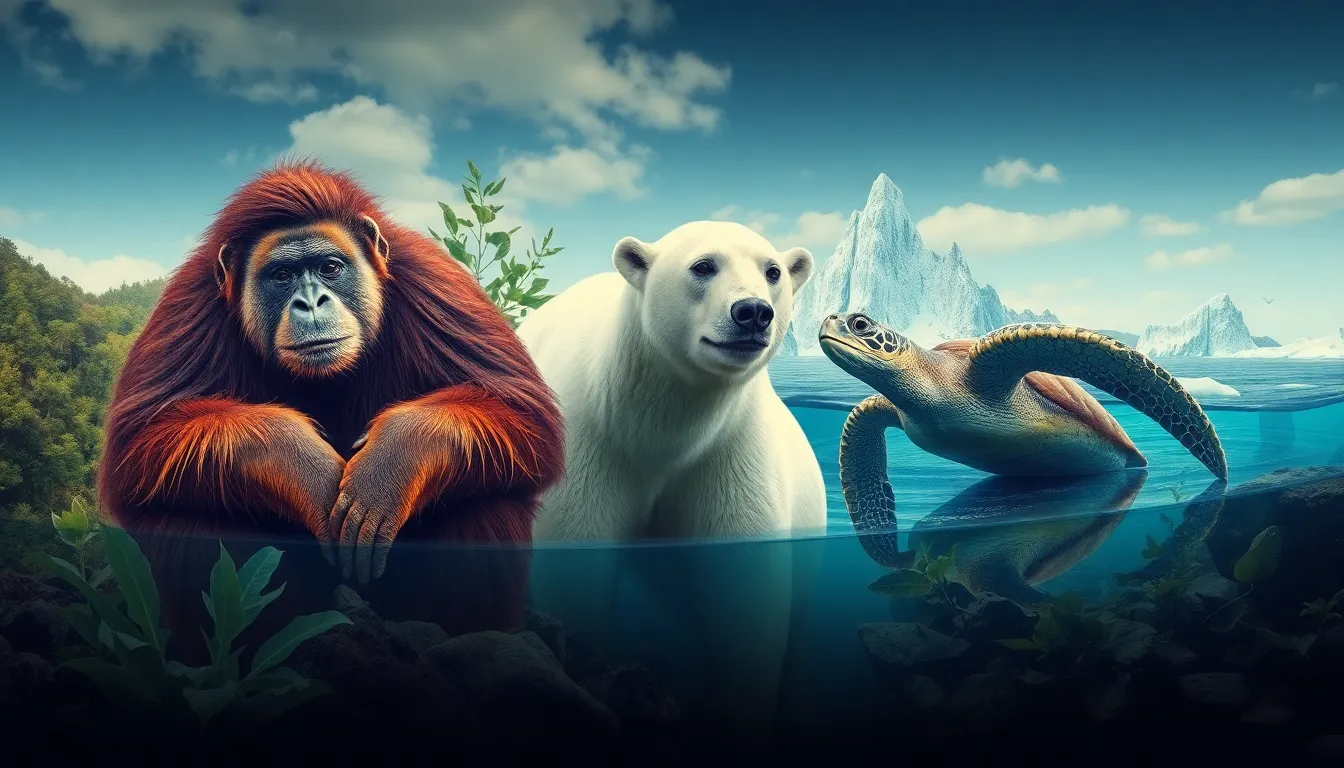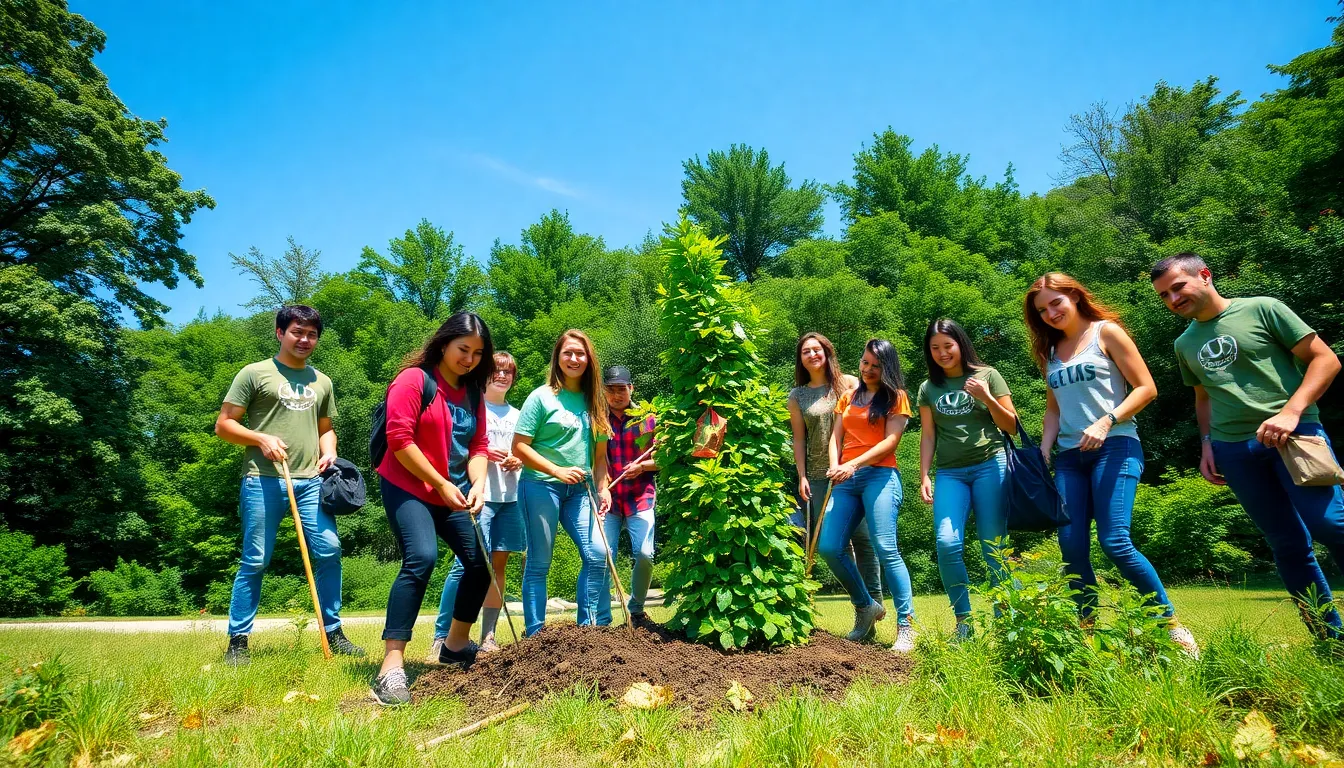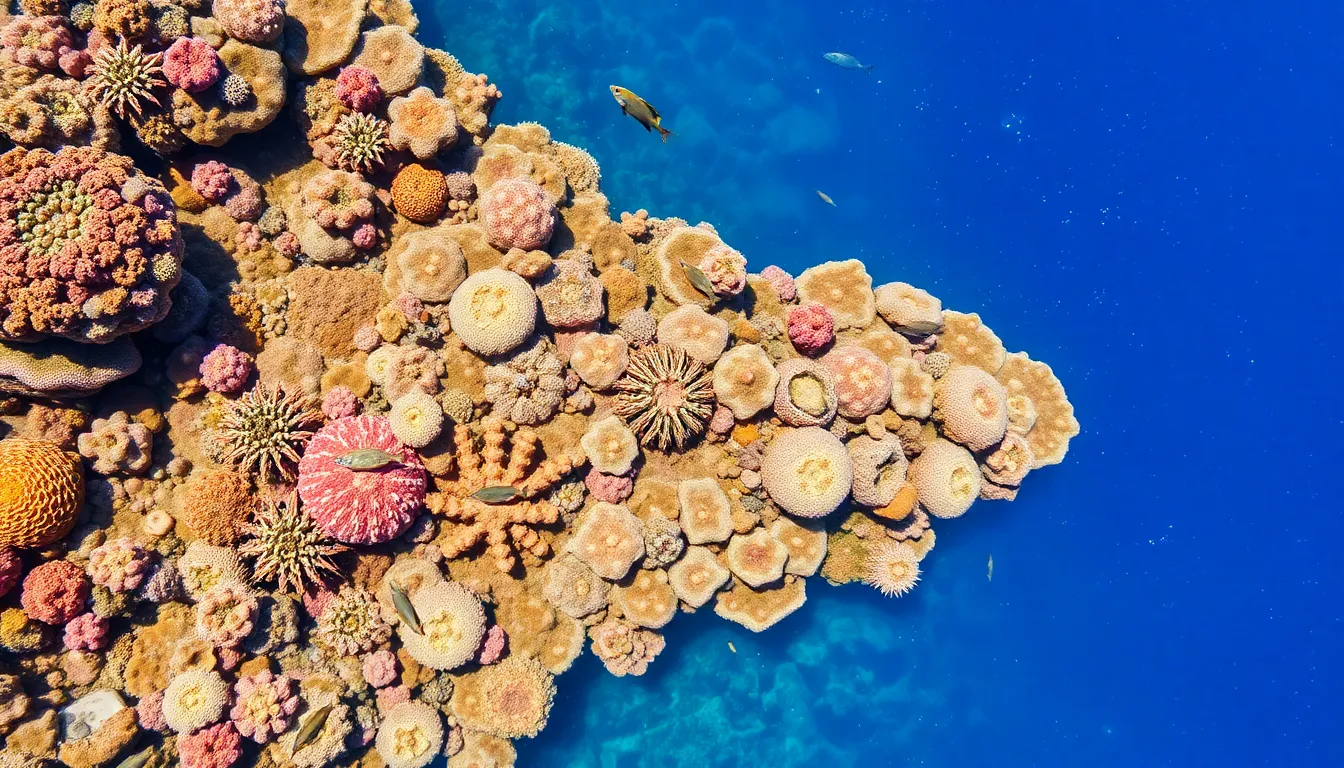Table of Contents
ToggleImagine a world where the majestic tiger prowls through lush jungles and vibrant parrots fill the skies with color. Now, picture those same jungles and skies devoid of life. Endangered species are not just a sad statistic; they’re a reminder of what’s at stake. These remarkable creatures face threats from habitat loss, poaching, and climate change, and without action, they could vanish faster than your favorite snack during a movie night.
Understanding Endangered Species
Endangered species face significant threats that jeopardize their survival. Recognizing what constitutes an endangered species plays a crucial role in conservation efforts.
Definition of Endangered Species
An endangered species refers to any species at risk of extinction due to various factors. These factors include habitat destruction, poaching, and environmental changes. A species classified as endangered experiences a noticeable decline in population size or habitat range. The International Union for Conservation of Nature (IUCN) maintains a Red List, which categorizes species based on their risk levels. Species considered critically endangered face the highest risk with fewer than 250 mature individuals remaining.
Importance of Biodiversity
Biodiversity underpins the health of ecosystems and contributes to human well-being. A diverse range of species promotes ecological balance and resilience. Healthy ecosystems provide vital services, such as clean air, water, and pollination for crops. Conservation of endangered species helps maintain this diversity and facilitates ecological stability. Protecting species also safeguards genetic resources crucial for medicine and agriculture. Each species plays a unique role within its habitat, emphasizing the interconnectedness of life on Earth.
Causes of Endangerment

Endangerment stems from several critical factors affecting wildlife around the globe. Understanding these causes highlights the urgency for conservation efforts.
Habitat Loss
Habitat loss ranks as one of the leading causes of species endangerment. Urban development, agriculture, and deforestation contribute significantly to the destruction of natural habitats. Natural ecosystems suffer when human activities encroach, diminishing the spaces where species thrive. The loss of forests and wetlands disrupts food sources and breeding grounds. Altered landscapes challenge animals’ ability to adapt, leading directly to population declines. Species like the orangutan face critical threats as rainforests vanish, further highlighting the need for habitat preservation.
Climate Change
Climate change poses an increasing threat to numerous species worldwide. Altered temperatures and shifting weather patterns disrupt breeding cycles, migration routes, and food availability. Many species struggle to adapt to rapid environmental changes, leading to population stress. For instance, polar bears experience decreased sea ice, compromising their hunting grounds. Ecosystems face significant shifts as climate change accelerates, impacting species survival rates. Recognizing the role of global warming in endangerment is vital for informed conservation strategies.
Pollution
Pollution severely impacts wildlife, contributing to the endangerment of various species. Contaminants in water, air, and soil disrupt ecosystems and harm organisms directly. Chemical runoff from agriculture poses risks to aquatic life, leading to declines in fish populations. Plastic waste littering habitats affects seabirds, turtles, and other species that ingest or become entangled in debris. Air pollution can lead to health issues in both animals and plant life. Addressing pollution through sustainable practices remains a priority to protect endangered species.
Conservation Efforts
Numerous conservation efforts target the urgent need to protect endangered species, ensuring their survival and the health of ecosystems.
Protected Areas
Protected areas play a crucial role in conserving biodiversity. Designated sites safeguard habitats from urban development and agriculture. These reserves provide safe environments for at-risk species like tigers and orangutans. Many countries maintain national parks and wildlife refuges to promote natural ecosystems. Establishing and effectively managing these areas significantly aids in restoring endangered populations.
Legislation and Policies
Legislation and policies form the backbone of conservation strategies. Various laws, such as the Endangered Species Act in the United States, provide legal protections for endangered species and their habitats. Enforcement of these regulations prevents illegal activities like poaching. International treaties, including CITES, regulate trade in endangered species and their products. Collaboration among governments strengthens these efforts, fostering global commitment to species protection.
Community Involvement
Community involvement enhances conservation initiatives. Local populations often engage in habitat restoration projects and wildlife monitoring efforts. Education about endangered species raises awareness and promotes sustainable practices. Empowering communities to participate fosters a sense of ownership in conservation. Strong partnerships between NGOs and communities can drive effective conservation programs, ensuring local needs align with species protection efforts.
Notable Endangered Species
Numerous species face the threat of extinction, with some capturing global attention while others remain less recognized.
Iconic Examples
Tigers, with their striking stripes, symbolize the battle against wildlife poaching and habitat destruction. These majestic cats inhabit Asian forests but are critically endangered due to illegal hunting and habitat loss, with fewer than 4,000 remaining in the wild. Likewise, elephants play a crucial role in maintaining ecosystem balance. African elephants, for instance, continue to decline due to poaching for ivory and habitat fragmentation, now numbering about 415,000. Rhinos also face a dire situation; their horns fuel a lucrative illegal trade. Current estimates show that fewer than 27,000 rhinos exist globally, indicating an urgent need for protective measures.
Lesser-Known Species
The Sumatran orangutan represents the plight of less visible endangered species. This primate, native to Indonesia, has faced significant habitat loss, causing its population to drop below 14,000. Vaquitas, tiny porpoises found in the Gulf of California, struggle against gillnet fishing, with approximately 30 individuals remaining. Similarly, the pangolin, often dubbed the most trafficked mammal, faces extinction due to illegal wildlife trade. Various species of pangolins, including the Sunda pangolin, experience extreme pressure, with estimates suggesting populations continue to decline drastically.
Future Outlook for Endangered Species
The future presents significant challenges for endangered species. Habitat loss remains a major concern, driven by urban growth and agriculture that disrupt ecosystems. Climate change continues to threaten species, altering habitats and diminishing food supplies. Pollution also contributes to their struggle, as contaminants harm wildlife and degrade natural environments. Each of these factors collectively exacerbates the plight of endangered species and complicates conservation efforts.
Technology plays a pivotal role in addressing these challenges. Data analytics aids in tracking animal populations and habitats, ensuring targeted conservation strategies. Drones enable researchers to monitor remote ecosystems efficiently, providing real-time data on biodiversity. Genetic research supports breeding programs designed to increase population resilience. Additionally, mobile apps engage the public in citizen science, enhancing awareness and involvement in conservation. By leveraging technological advancements, it becomes possible to amplify conservation efforts and protect vulnerable species effectively.
The plight of endangered species serves as a critical reminder of the delicate balance within ecosystems. Protecting these species is not just about saving individual animals; it’s about preserving the intricate web of life that supports human existence. By understanding the threats they face and supporting conservation efforts, individuals can play a role in safeguarding biodiversity for future generations.
The collaboration between communities, governments, and organizations is essential to create sustainable solutions that address habitat loss, climate change, and pollution. With continued awareness and action, there’s hope for a future where endangered species can thrive alongside humans, enriching the planet for all.







